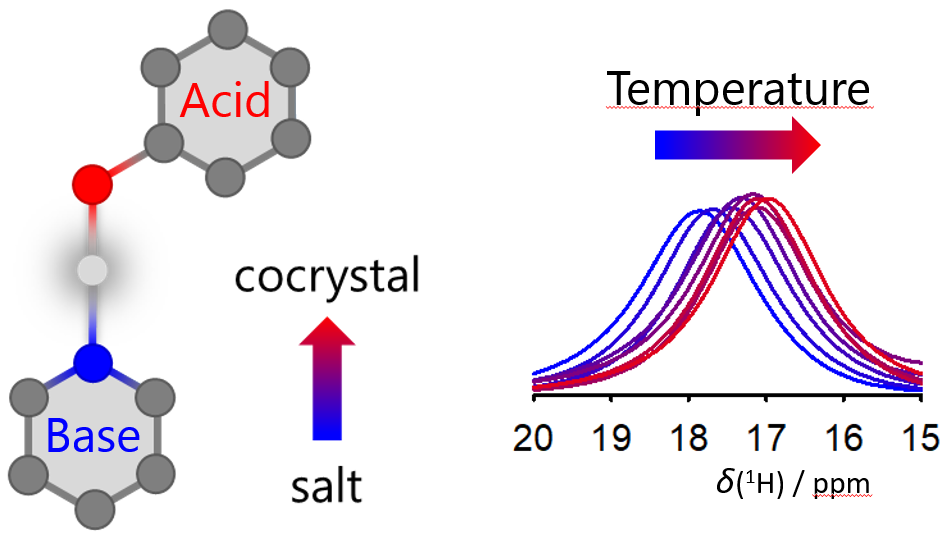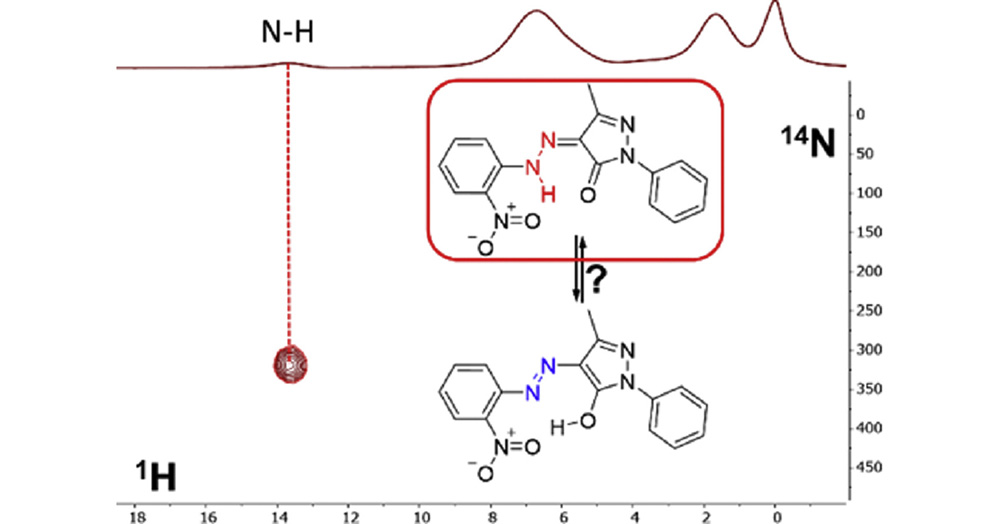The two most common folded protein secondary structure motifs are α-helices and β-sheets. Certain peptide sequences, some of them as short as amino acid triplets, are significantly overpopulated in α-helices motifs, and almost non-existent in the extended parts of proteins. In contrast, other triplets appear almost exclusively in extended parts represented typically by β-sheets.
A multidisciplinary research team led by Lubomír Rulíšek and Martin Dračínský from IOCB Prague wanted to determine whether such preferences are structurally encoded in a particular peptide fragment or appear only at the level of a complex protein structure.
The scientists identified several tripeptides, which could be considered as folding seeds and might initiate the process of protein folding. This has been indicated by VCD, ECD, and NMR spectroscopies and is fully supported by the quantum chemical calculations.
Surprisingly, only in a few cases was the folding preference of a standalone tripeptide same as its behavior in proteins. The presented results may indicate that the secondary structure starts to appear somewhere between 3 and 11 amino acid-long peptide sequences.
Read the paper: Osifová, Z.; Kalvoda, T.; Galgonek, J.; Culka, M.; Vondrášek, J.; Bouř, P.; Bednárová, L.; Andrushchenko, V.; Dračínský, M.; Rulíšek, L. What are the minimal folding seeds in proteins? Experimental and theoretical assessment of secondary structure propensities of small peptide fragments. Chem. Sci. 2024, 15, 594-608. https://doi.org/10.1039/D3SC04960D






